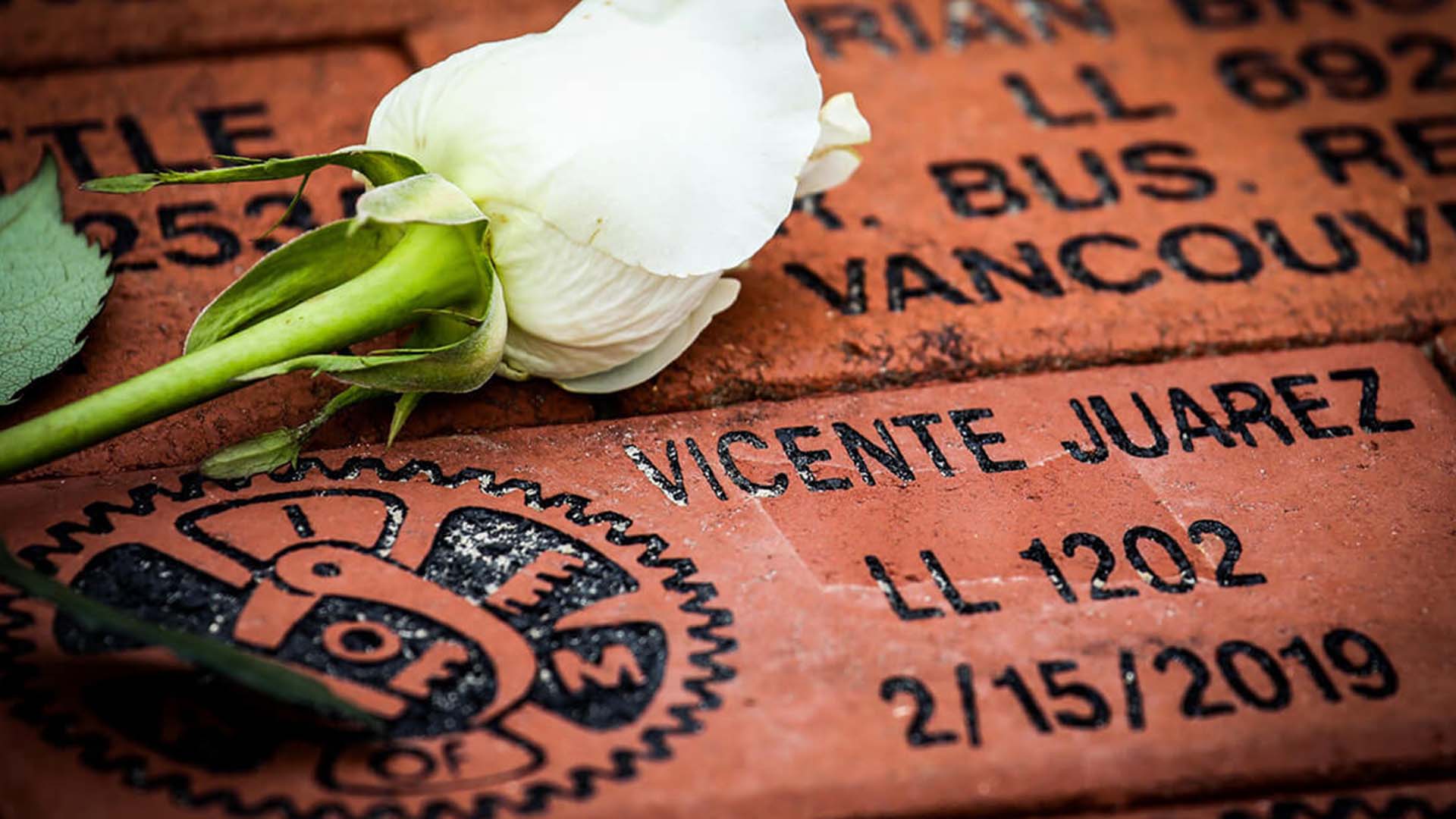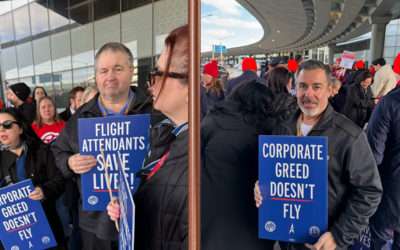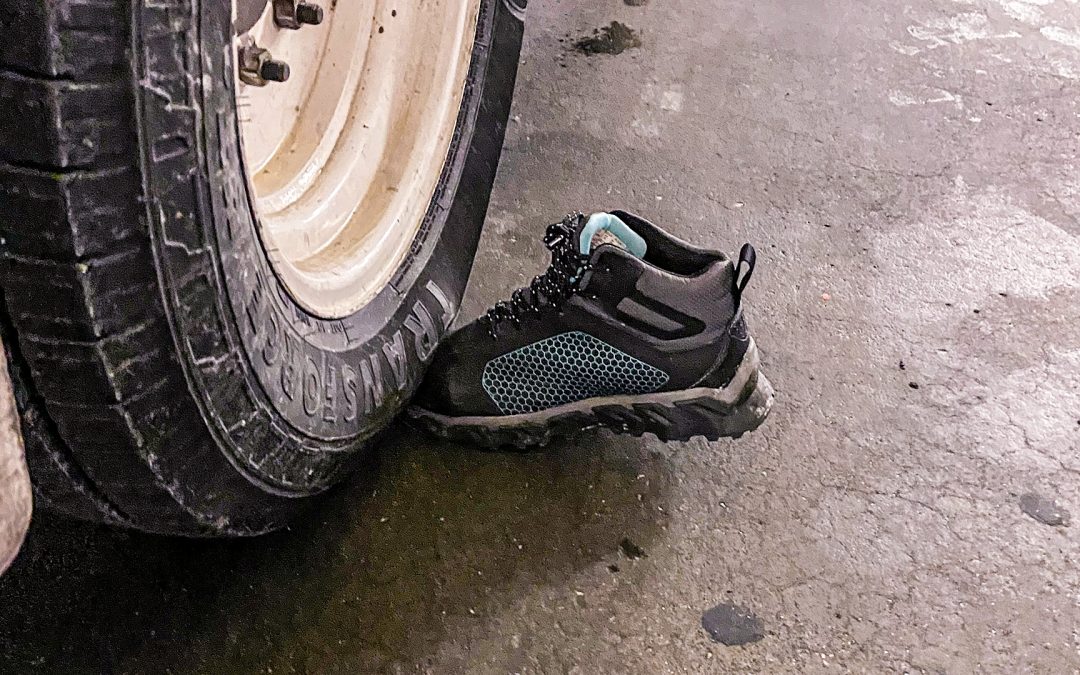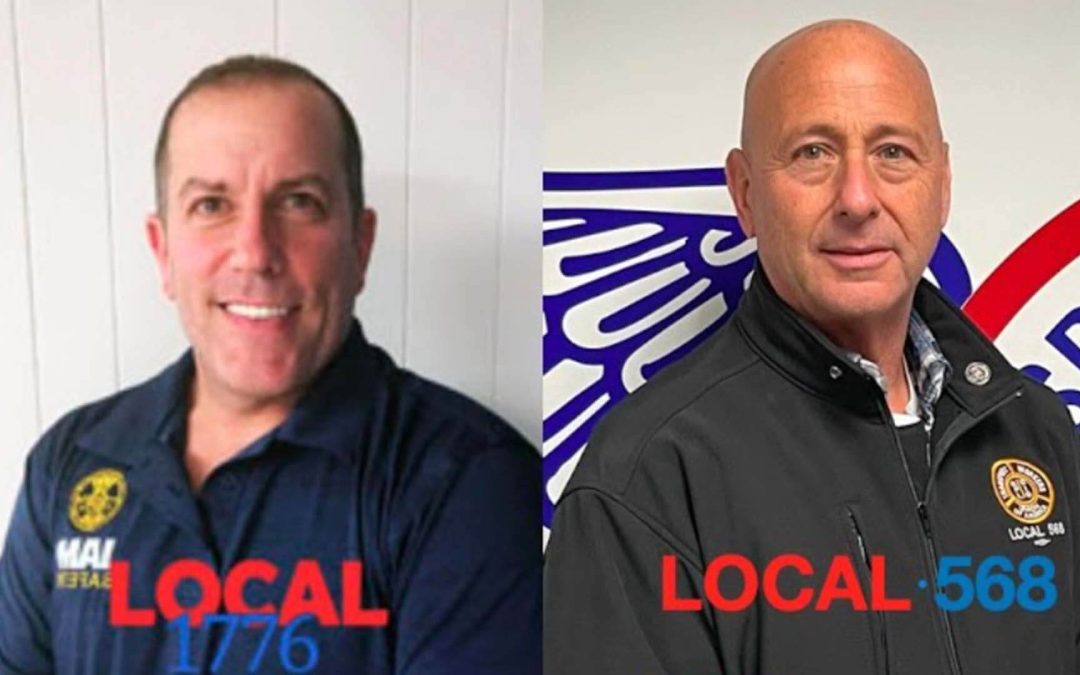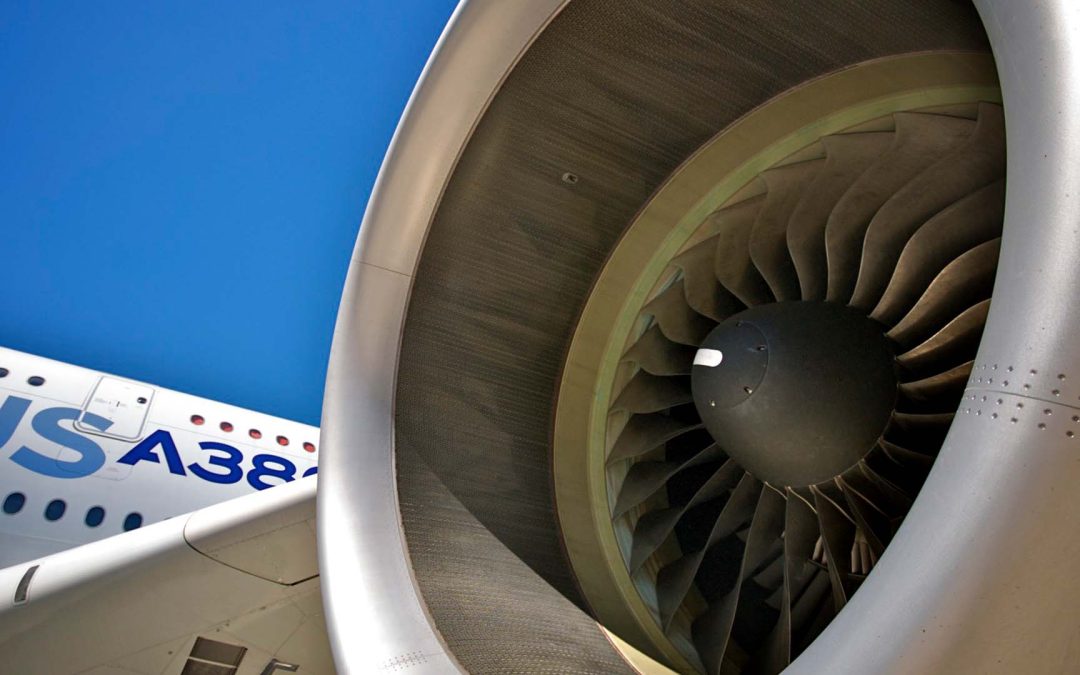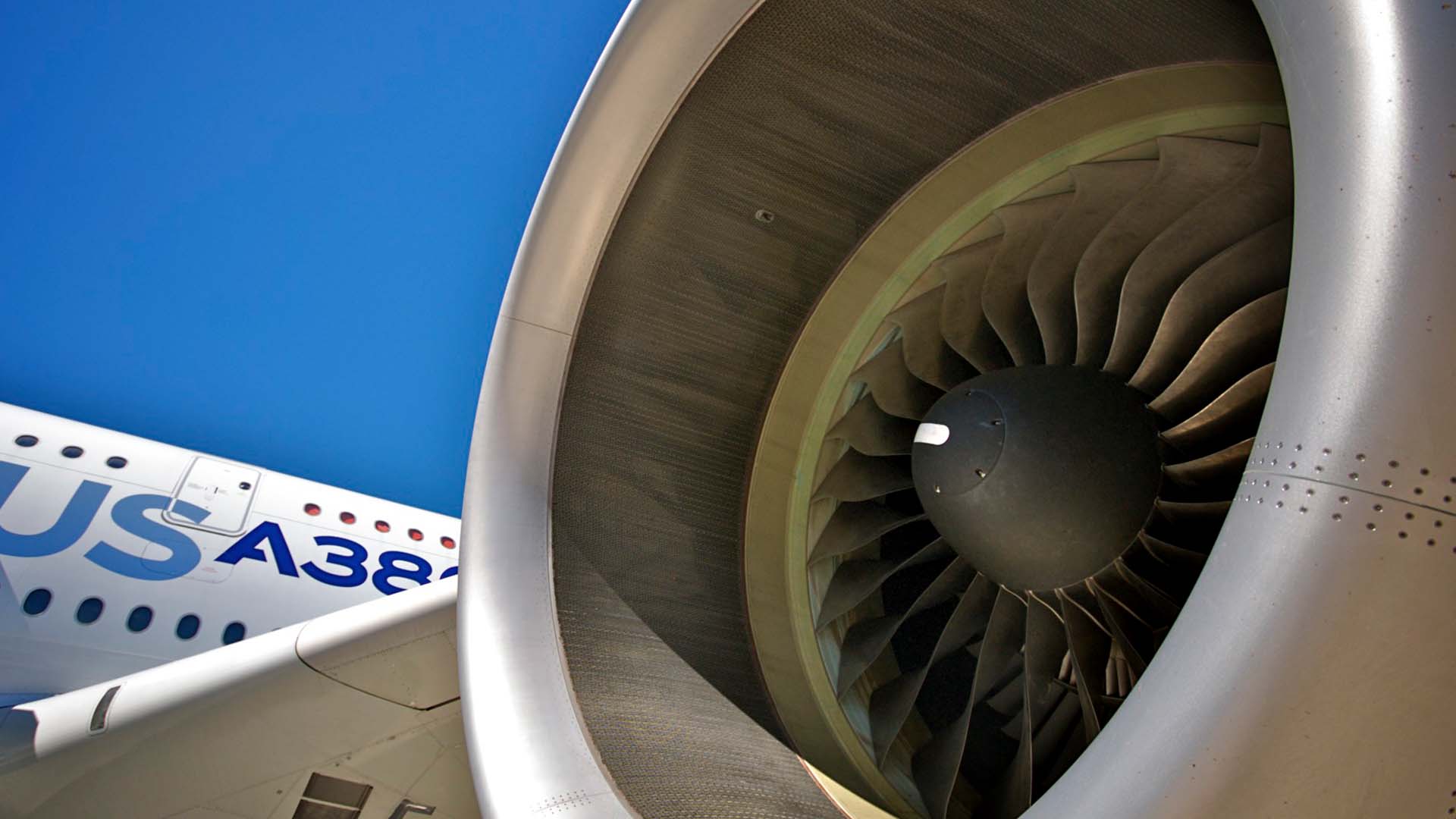Machinist Union Members at United Begin Preparations for New Contract TalksUnion members at United Airlines, including nearly 29,000 workers over seven different workgroups, are preparing to start contract negotiations as soon as this summer, according to an...
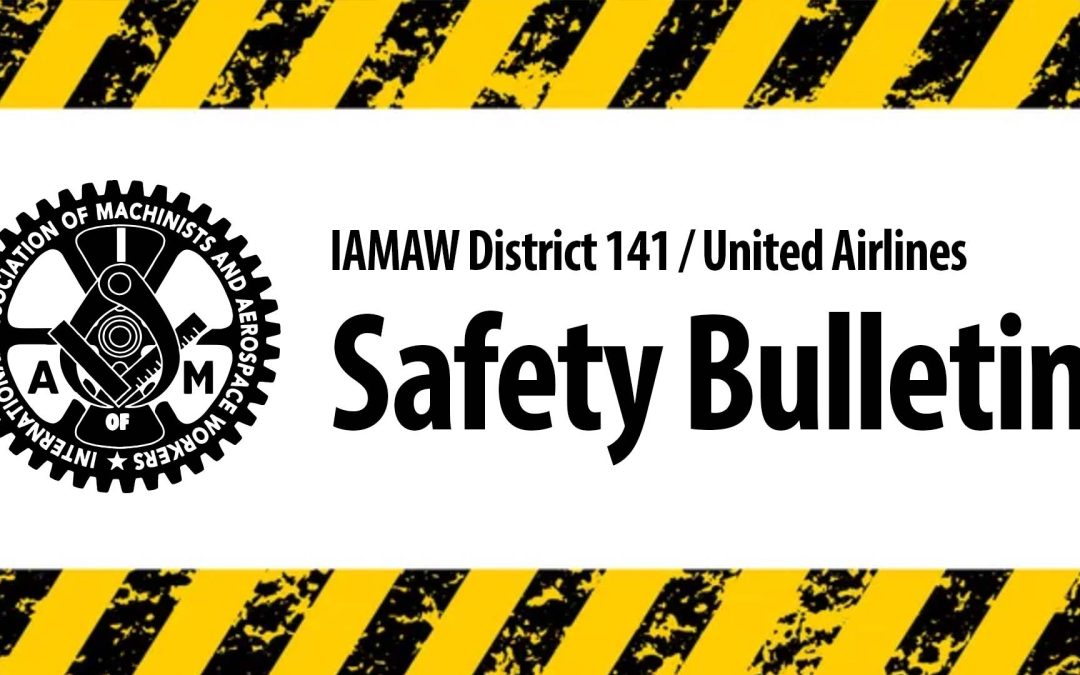
United Airlines Safety Bulletin

GSAP Event Review Committee (ERC) team members
Rachel Shultz – Management AO
Ashley Maddox – Management AO
William Salo – IAM District 141
Brian Leifker – IAM District 141
John Woodring – FAA
David Lilja – Program Mgr/Sr. Analyst
ERC upcoming events
The ERC meets Wednesdays from 11 a.m. – 4 p.m.
Ground Safety Action Program News is cooperatively published by United Airlines, IAM, and the FAA. The Ground Safety Action Program (GSAP) is a joint partnership designed to improve the safety of United’s operations by offering the IAM, management, and administrative employees the ability to report safety concerns and/or self-disclose inadvertent Code of Federal Regulation (CFR) and company policy violations.
File a GSAP at ASAP.UAL.COM OR call the GSAP Hotline at 844-280-ASAP

Scan me to download the My Safety App to your smartphone
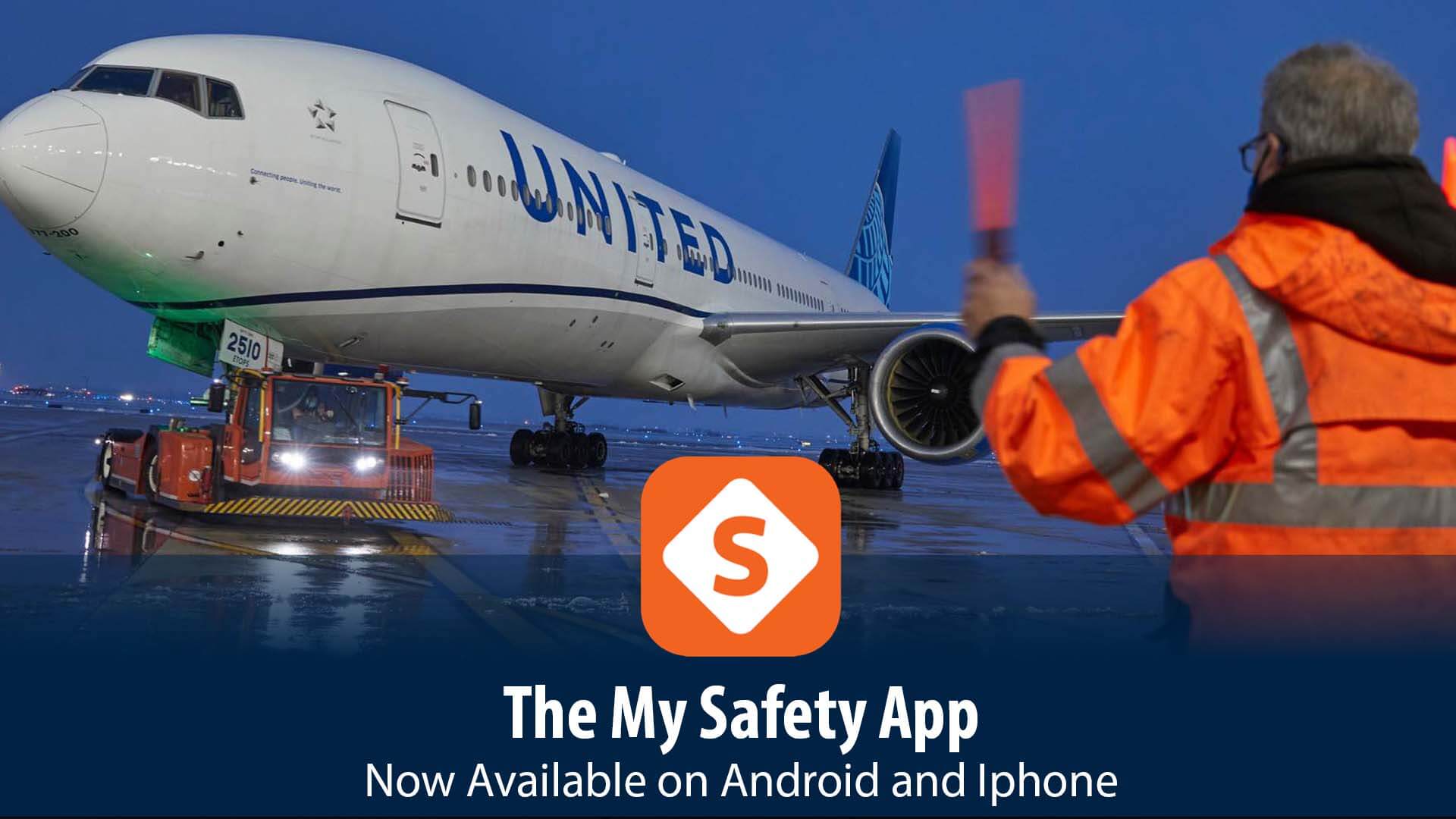
My Safety App (MSA): Available now!
We’re excited to introduce the My Safety app (MSA) – a mobile solution for Safety reporting available to AO frontline employees and M&A employees across the company.
MSA is available across all mobile platforms, including MAP devices, TC75 handheld scanners, and all personal mobile devices.
The app provides a user-friendly experience for the submission of GSAP and AO IOR reports directly from your work or personal mobile device. Airport Operations Safety listened to your feedback about the limitations and frustrations associated with the completion of safety reports on desktop computers. We addressed this feedback by partnering with the Digital Technology team to bring mobile safety reporting to the Airport Ops team.
The app was designed from the ground up, using feedback from CS, Ramp, MoveTeam, and IAM union leaders. The same groups were involved in testing the mobile app to ensure proper functionality. Some of the exciting features of the app include voice dictation and photo and video attachments. ETQ (the web-based tool you’ve traditionally accessed through Flying Together) or asap.ual.com will remain fully functional to users and will continue to serve as the database for safety reports.
Employees may file new reports or access old reports on the desktop platform or via the new mobile app.
As a reminder, the use of hand-held electronic devices while operating any motorized vehicle is strictly prohibited.
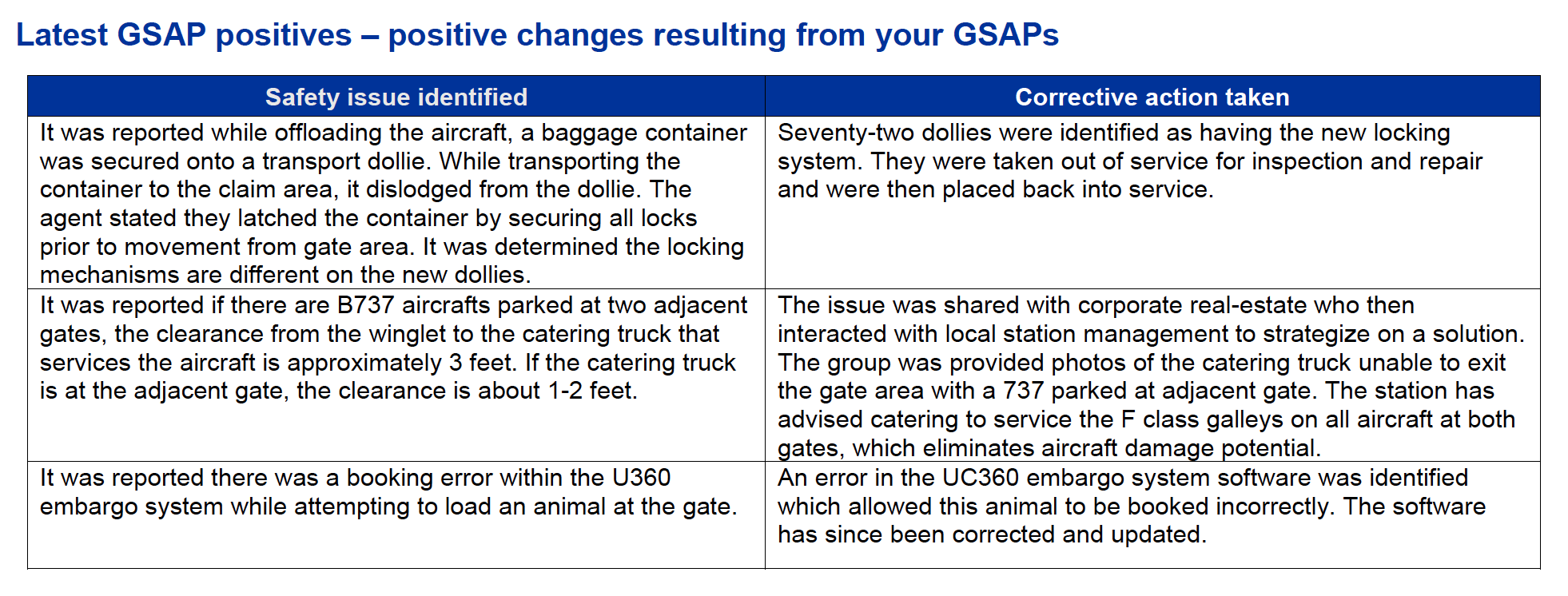

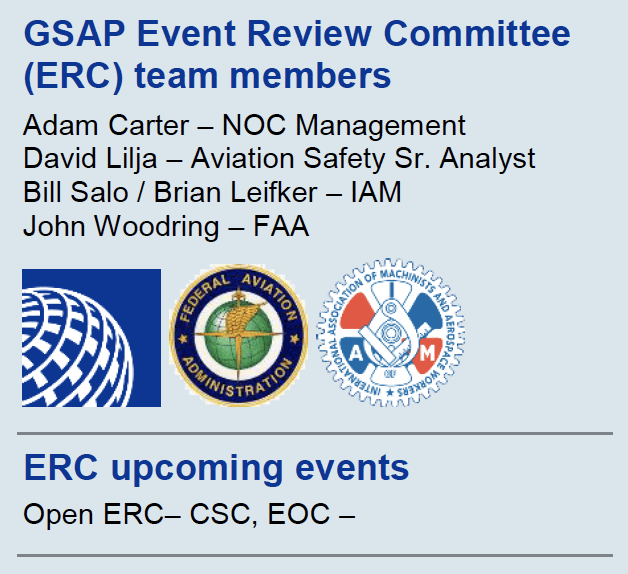
Ground Safety Action Program News is cooperatively published by United Airlines, IAM, and the FAA. The Ground Safety Action Program (GSAP) is a joint partnership designed to improve the safety of United’s operations by offering the IAM, management, and administrative employees the ability to report safety concerns and/or self-disclose inadvertent Code of Federal Regulation (CFR) and company policy violations.
File a GSAP at ASAP.UAL.COM OR call the GSAP Hotline at 844-280-ASAP

Scan me to download the My Safety App to your smartphone
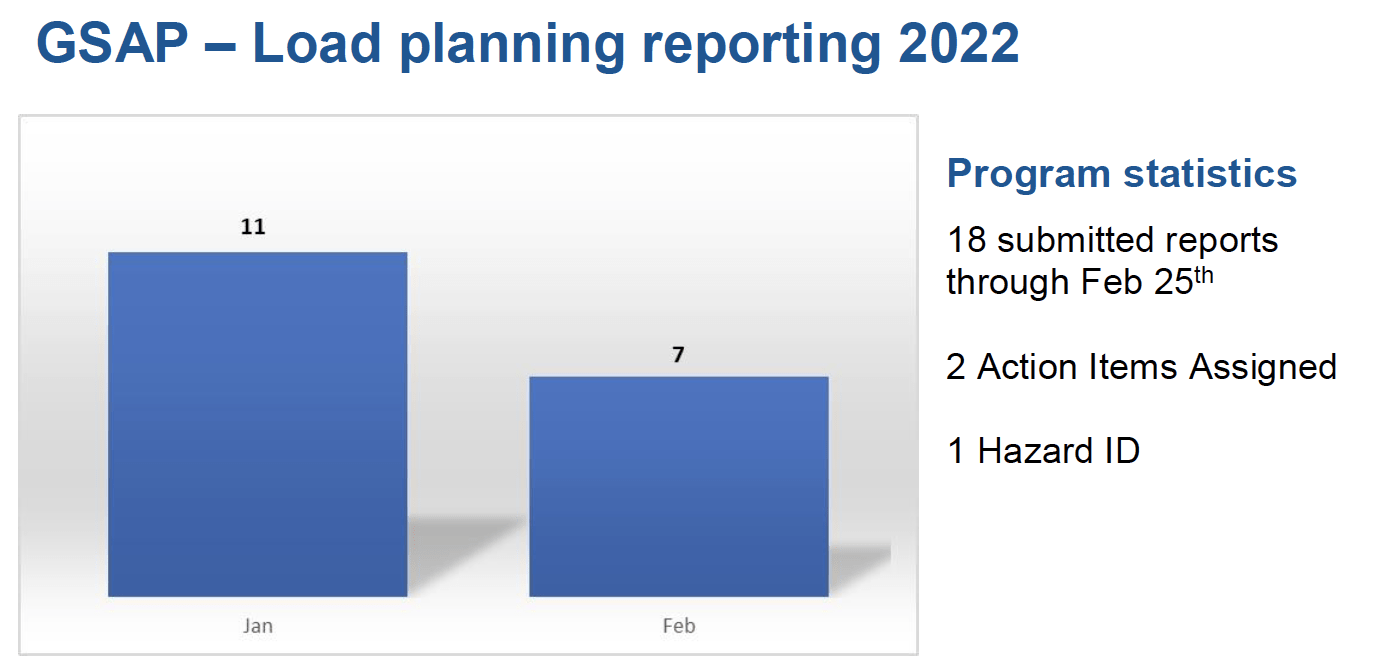
14 CFR Part 5 Requirement
Thank you for doing your part in creating a safer environment and helping United comply with 14 CFR Part 5, which requires employees of every Part 121 carrier to communicate hazards and/ safety concerns they identify at work. Your reporting has led to many improvements to policies and procedures, and much-needed technology updates. Keep up the good work!
Current NLC items under review by the Safety Review Committee
1. Flights Departing without Final Weights
Current phase: Investigation
Updated 2/25/22
Flights Departing without Final Weights have been reported and are being processed through the Flight Operations Safety Action Program (FSAP) along with a review by United’s FAA Principal Operations Inspectors (POI) for resolution.
2. PRC Weight Change Errors
Current phase: HI Draft Updated 3/1/22
As a result of multiple GSAP reports related to ATW Weight Changes, AO Safety is currently drafting a passenger weight error discrepancy Hazard ID. The goal of the Hazard Identification is to take a closer look at the errors and determine appropriate mitigations such as adding controls or technology that may help alleviate passenger weight change errors.
3. Difficulty Contacting Stations
Current phase: Project Planning Updated 3/1/22
Both GSAP and DSAP reports have identified occasions where contact information for stations is inaccurate or unavailable. As a result, a project team of subject matter experts is currently looking at a replacement for, or a rebuild of the AGH and Airport Database that is more accurate. The team will also create a process to correct station information in a timely manner. In the meantime, a quarterly audit of the AGH is being conducted to ensure the phone data is updated appropriately.


